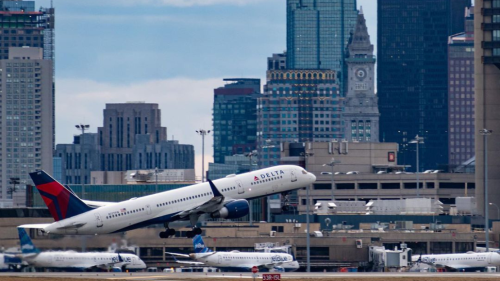Happy Thanksgiving, Boston.
Today, we’re talking history. Turns out, Boston has more historic markers than the calories in your Thanksgiving feast, so here’s a mini walking tour for when you’re too stuffed with stuffing.
November is Native American Heritage Month, and the Boston area is home to many sites, plaques + murals along the Massachusetts Native American Trail Project, an initiative to educate and bring awareness about Indigienous tribes in Massachusetts’ history. We’re highlighting a couple nearby stops along the way.
📜 Canton Historic Marker
Placed in 1930 by the Massachusetts Bay Colony-Tercentenary Commission, this marker denotes the northern boundary of the Ponkapoag tribe’s settlement. It’s found along MA Route 138.
📜 Newton Historic Marker
In Newton, you can find both a historic meeting house + marker. The marker denotes that the meeting house’s first pastor was John Eliot, Jr., son to whom many called the “Apostle to the Indians”. Much of John Eliot’s mission involved religious conversion of the Massachusett tribe.
📜 Mosswetusset Hummock
This shore spot in Quincy has tourist information + a historical marker declaring the site “the seat of Chickatawbut, Sagamore of the MA Indians.” Chickatawbut was the sachem, or chief, of the 17th century Wampanoags. The site was also adjoined to the tribe’s planting grounds.
Explore the full list of stops to visit on the trail project, or check out a stay-at-home-option — the Massachusetts State House offers a virtual tour. On the second floor in the state house’s Memorial Hall, you can view the mural “John Eliot Preaching to the Indians,” painted by Henry Oliver Walker in 1903.
Learn more about the history of Native American Tribes in Massachusetts or check out Boston Public Library’s list of books published in the last year concerning the experiences of Indigienous people.











